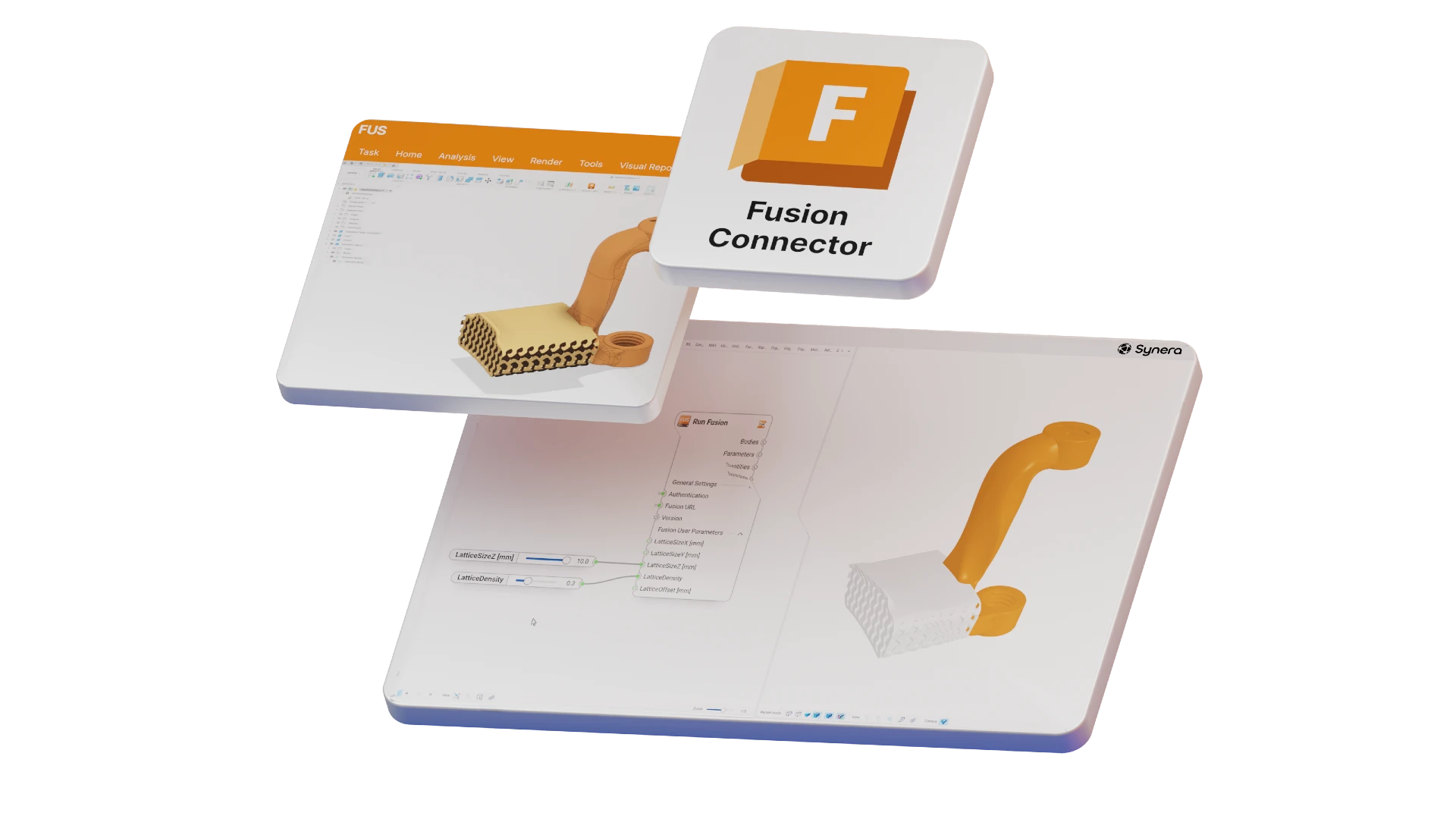Generative Engineering revolutionizes product development: Faster, Smarter, and More Efficient. The article discusses the transformative impact of generative engineering on product development processes, emphasizing its potential to revolutionize traditional approaches. In conventional development cycles, engineers face delays due to coordination issues and iterative loops involving multiple departments. Generative engineering, however, introduces a paradigm shift by leveraging intelligent software to streamline and enhance the entire development process.
This innovative approach is exemplified by the experiences of companies like Habo Engineering, which employs generative engineering through Elise's software platform. Klaus Amberger, one of Habo Engineering's managing directors, attests to the software's ability to provide novel design solutions beyond conventional imagination. The generative design process has already demonstrated significant potential in highly complex developments for industries such as automotive, aerospace, and aviation.

Elise's platform incorporates a generative development process where engineers input various parameters, including materials, load cases, manufacturing processes, dimensions, costs, and more. The algorithm processes this information, generating a range of design alternatives in a short time, each rigorously tested for viability. This approach allows engineers to explore and choose from a multitude of design options, offering flexibility and efficiency in decision-making.

The article provides an illustrative example involving the A-pillar of a convertible. Traditional methods, despite extensive development work, resulted in a design that was later improved using generative engineering. The weight of the A-pillar was reduced by 74%, and the number of individual parts required decreased by 67%, thanks to 3D printing.
The efficiency of generative engineering lies in its ability to consider a wide array of influencing variables, from material properties to manufacturing processes, leading to a comprehensive and optimized design. This method contrasts with the serial process of traditional development, offering a faster, more adaptive, and cost-effective alternative.
Benjamin Erhart, a venture capitalist at UVC Partners, highlights the significant impact of generative engineering on the future of industry, predicting reduced standardizations and a shift toward localized value chains. The ability of engineers to independently handle multiple steps in the development process is seen as advantageous, especially in the context of changing supply chain dynamics influenced by events like the COVID-19 pandemic.
The article concludes by emphasizing the synergy of generative engineering with additive manufacturing, creating a more effective and efficient combination. The collaboration of these technologies is expected to further reduce standardization, enhance local value chains, and lower barriers for component development.
In a practical application, the article mentions Anschütz, a sports equipment manufacturer, using generative engineering to develop customized 3D-printed rifle stocks for biathletes. This approach allows for individualized designs based on athletes' measurements, showcasing the versatility and real-world applicability of generative engineering in diverse industries.

Read the full article
Would you like to learn more about Generative Engineering? Read the full article in additive-fertigung.com (in german) and discover the benefits of this innovative approach.
Discover the benefits yourself – Test Synera's Low-Code platform!
Would you like to experience the benefits of Connected Engineering and our Low-Code Platform firsthand? We invite you to test Synera's Low-Code Platform 14 days for free and discover how you can make your product development more efficient and agile. Experience the future of product development and explore the possibilities that our innovative solution offers. Click here to explore the Synera Low-Code Platform and optimize your development process for your use case today.
Or get a free demo from our CEO Daniel Siegel. Every Tuesday and Thursday he will take you on a guided tour of our synera software. You will discover how to automate your workflow and how to speed up your development process. There will also be a Q&A session where you can ask all your burning questions. Register here for free.





